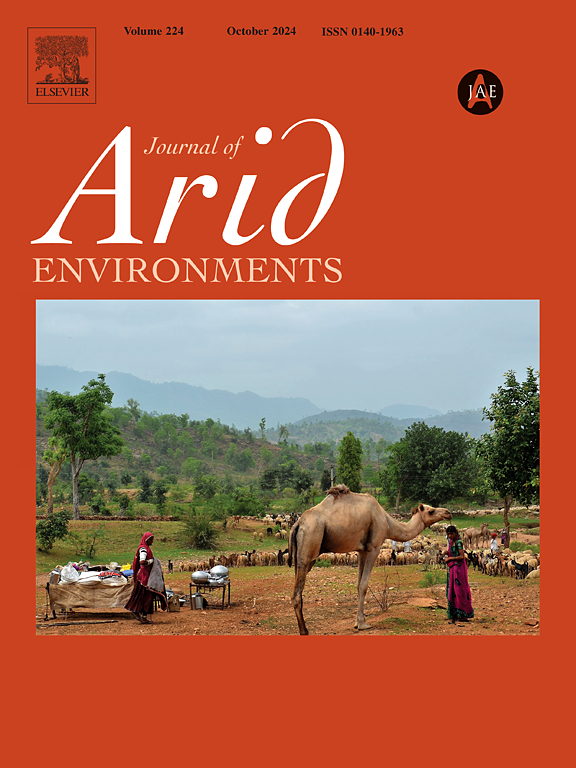桩和塔:公元前6 - 3千年的内盖夫沙漠中的Timnian殡葬纪念碑
IF 2.6
3区 环境科学与生态学
Q2 ECOLOGY
引用次数: 0
摘要
在原始历史时期,黎凡特南部沙漠的主要埋葬方式是地上的、石头建造的坟墓,与半游牧的Timnian文化实体有关。本文考察了这一时期三种不同的坟墓类型的特征,突出了它们之间的区域和年代差异。我们提供了在内盖夫沙漠阿沙利姆遗址新发掘的namus(纳瓦米人的单数)石砌坟墓的数据,为探索内盖夫和邻近人群之间的联系提供了机会。阿沙利姆墓与西奈半岛南部的墓葬结构有着密切的联系,同时也反映了在更东边的沙漠中常见的一个更广泛的现象的影响,即墓碑的建造。本文章由计算机程序翻译,如有差异,请以英文原文为准。
Piles and towers: Timnian mortuary monuments in the Negev desert of the 6th–3rd millennium BCE
During the protohistoric period, a dominant burial practice in the deserts of the southern Levant involved above-ground, stone-built tombs, associated with the semi-nomadic Timnian cultural entity. This paper examines the characteristics of three distinct grave types from this period, highlighting regional and chronological variations between them. We present data from a newly excavated namus (singular of nawamis) stone-built tomb at the Ashalim site in the Negev Desert, offering an opportunity to explore connections between the Negev and neighboring populations. The Ashalim tomb reveals strong links with burial structures in Sinai to the south, while also reflecting the influence of a broader phenomenon common to the deserts further east—namely, the construction of grave markers.
求助全文
通过发布文献求助,成功后即可免费获取论文全文。
去求助
来源期刊

Journal of Arid Environments
环境科学-环境科学
CiteScore
5.70
自引率
3.70%
发文量
144
审稿时长
55 days
期刊介绍:
The Journal of Arid Environments is an international journal publishing original scientific and technical research articles on physical, biological and cultural aspects of arid, semi-arid, and desert environments. As a forum of multi-disciplinary and interdisciplinary dialogue it addresses research on all aspects of arid environments and their past, present and future use.
 求助内容:
求助内容: 应助结果提醒方式:
应助结果提醒方式:


